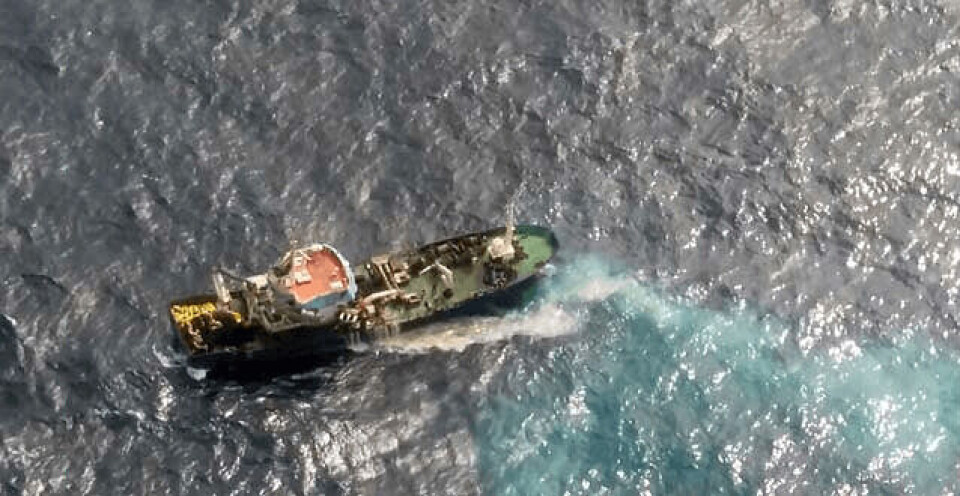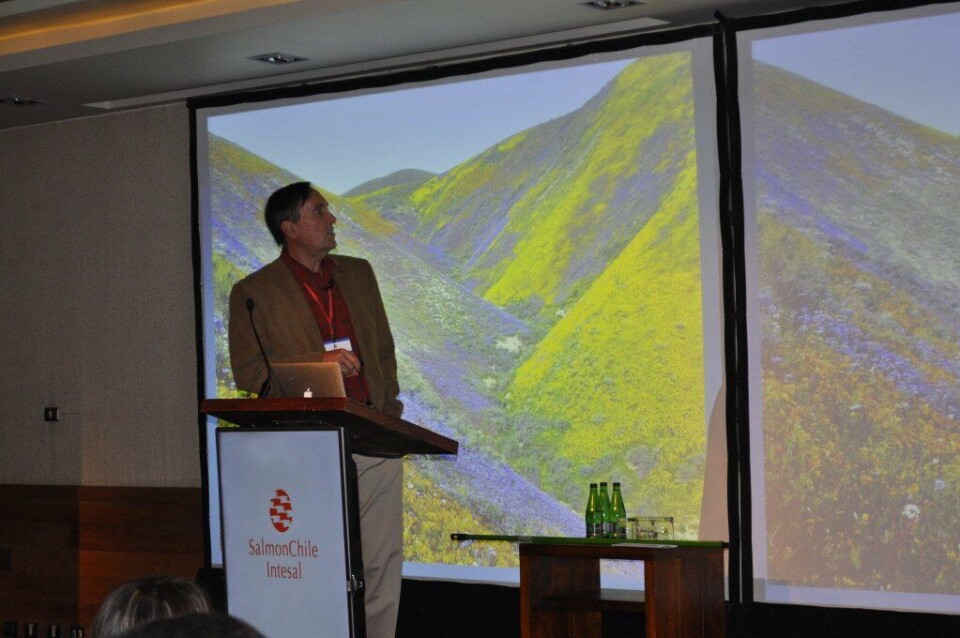
Feats of clay
Sprinkling clay particles into the sea could be used to mitigate the impact that harmful algal blooms (HABs) have on the aquaculture industry.
Donald M Anderson, an algal specialist, delved into the use of this technique at the most recent research conference at Chile’s Technological Institute of Salmon (Intesal).
Anderson, a senior scientist at Woods Hole Oceanographic Institute (USA), spoke with Salmonexpert on using clay as an algal mitigation measure, a strategy that has been used in recent years in Asian aquaculture.
As he explained to Salmon Expert: “Clay is used extensively in China and South Korea, with the aim of protecting aquaculture – Korea alone spreads around 50,000-250,000 tonnes per year, leading to a decline in fish kills in recent years.
“The dispersal of clay in Korea began in 1996 and continues to this day, with several boats equipped especially for the task. Possible environmental impacts have been investigated but not found: no change in diversity or abundance of benthic organisms, nor effects on fish, have been noted.

“In China, the technique is used to control HABs in freshwater and at sea, both to protect aquaculture and for aesthetic purposes, such as prior to sailing events at the 2008 Olympics They use a modified clay, much more effective than the Koreans, using about 5 tonnes of clay per km2. They have tried areas up to 87 km2, and still have not seen impacts on the environment.
“Mitigation through the clay can be used in major and minor scale around a centre of culture, or only a cage. This last point is highlighted because not only can remove algae, but can also remove toxins when dissolved in water.
“What people need to know it is that the clay is a natural element of the ocean, present in all parts of the seabed, and enters the ocean through storm runoff, every time it rains,” he said.
Do you think HABs will continue to happen in Chile?
Based on our experience worldwide, various types of HABs are likely to continue sporadically in Chile – they may be the same species, or something new.
This is due to many factors, some of them related to natural causes, and others tied to human activities – such as pollution, expansion of aquaculture, and ballast water transfer. Global warming is also an important factor.
Chile needs to do what most of the countries affected by HABs have done – develop and maintain a solid research program; a scientific community that is dedicated to work in this field; and a set of strong monitoring and management tools.
How could the industry and the authorities improve their response?
To improve future responses, Chile can work towards better coordination of data collection and exchange between the public and private sectors. Better communication strategies are also needed, ideally either by a single individual or organization.
There are also tools to develop. For example, satellite images and computer models of water circulation can be used to detect and predict movements of algal blooms. In addition, there are new instruments that can be deployed in the water, or directly in the farms, which can identify and count the density of the HAB, then transmit this information.
You also need to implement pilot programs to test certain methods that generate local harmful algal species, in addition to convincing regulators that the process is environmentally safe.
Finally, sustained funding needs to be provided to Chilean researchers to create a solid knowledge base.




















































